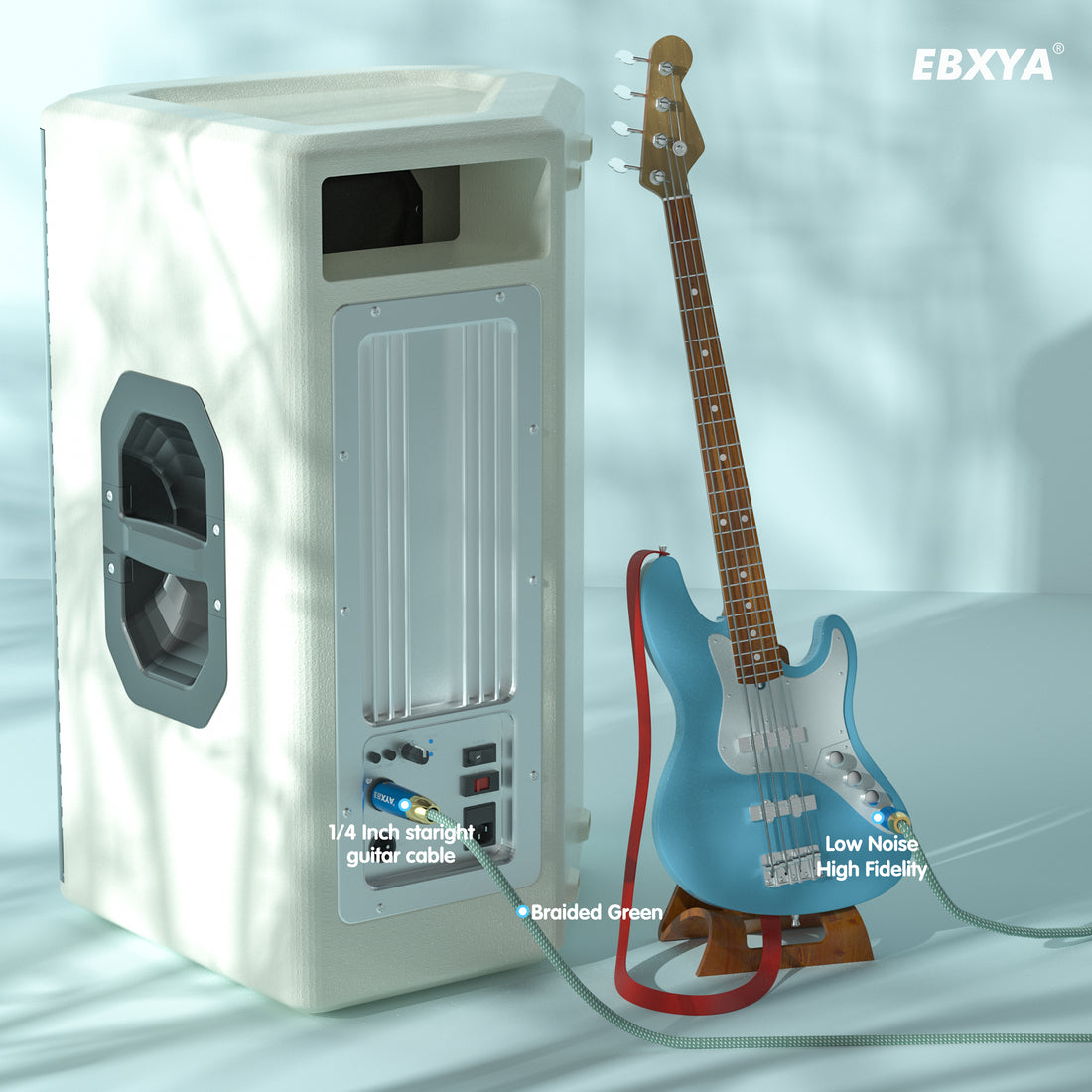
Why do some guitars have multiple audio cable interfaces on them
Share
When it comes to guitars, there are a variety of features and components that can make one instrument stand out from another. One feature that may catch your eye is the presence of multiple audio cable interfaces on a guitar. While this may seem like a strange or unnecessary feature, there are actually several reasons why some guitars have multiple audio cable interfaces on them. In this blog, we will explore these reasons and shed some light on why this feature can be beneficial.
1. Versatility
One of the most common reasons why guitars may have multiple audio cable interfaces is for added versatility. By having multiple interfaces, the guitar can be connected to a variety of different devices and systems, allowing for more flexibility in how it can be used. For example, a guitar with both XLR and 1/4 inch interfaces can be used with both amplifiers and mixing consoles, making it a more versatile instrument overall.
2. Redundancy
Another reason why guitars may have multiple audio cable interfaces is for redundancy. If one interface were to fail or become damaged, having a backup interface can be a lifesaver in a live performance or recording session. This can help ensure that the show can go on without any major interruptions or delays, and can give musicians peace of mind knowing that they have a backup plan in place.
3. Tone Shaping
In some cases, guitars with multiple audio cable interfaces may be designed to allow for more tone shaping options. For example, a guitar with both magnetic and piezo pickups may have separate interfaces for each type of pickup. This allows the musician to blend the signals from each pickup and create a unique, customized sound that cannot be achieved with a single pickup.
4. Customization
Some guitars with multiple audio cable interfaces may be designed for customization purposes. For example, a guitar with a built-in effects processor may have separate interfaces for the clean signal and the processed signal. This allows the musician to send the signals to different devices or systems and further manipulate the sound in creative ways.
5. Aesthetics
Finally, some guitars may have multiple audio cable interfaces simply for aesthetics or visual appeal. While this may not have a direct impact on the sound or functionality of the guitar, it can make for an eye-catching design that sets the instrument apart from others.
In conclusion, there are several reasons why some guitars have multiple audio cable interfaces on them. Whether it's for added versatility, redundancy, tone shaping, customization, or aesthetics, this feature can be beneficial in a variety of ways. If you're in the market for a new guitar, consider whether or not multiple interfaces would be a useful feature for your playing style and needs. Ultimately, the best guitar for you is one that meets all of your requirements and helps you achieve your musical goals.
1. Versatility
One of the most common reasons why guitars may have multiple audio cable interfaces is for added versatility. By having multiple interfaces, the guitar can be connected to a variety of different devices and systems, allowing for more flexibility in how it can be used. For example, a guitar with both XLR and 1/4 inch interfaces can be used with both amplifiers and mixing consoles, making it a more versatile instrument overall.
2. Redundancy
Another reason why guitars may have multiple audio cable interfaces is for redundancy. If one interface were to fail or become damaged, having a backup interface can be a lifesaver in a live performance or recording session. This can help ensure that the show can go on without any major interruptions or delays, and can give musicians peace of mind knowing that they have a backup plan in place.
3. Tone Shaping
In some cases, guitars with multiple audio cable interfaces may be designed to allow for more tone shaping options. For example, a guitar with both magnetic and piezo pickups may have separate interfaces for each type of pickup. This allows the musician to blend the signals from each pickup and create a unique, customized sound that cannot be achieved with a single pickup.
4. Customization
Some guitars with multiple audio cable interfaces may be designed for customization purposes. For example, a guitar with a built-in effects processor may have separate interfaces for the clean signal and the processed signal. This allows the musician to send the signals to different devices or systems and further manipulate the sound in creative ways.
5. Aesthetics
Finally, some guitars may have multiple audio cable interfaces simply for aesthetics or visual appeal. While this may not have a direct impact on the sound or functionality of the guitar, it can make for an eye-catching design that sets the instrument apart from others.
In conclusion, there are several reasons why some guitars have multiple audio cable interfaces on them. Whether it's for added versatility, redundancy, tone shaping, customization, or aesthetics, this feature can be beneficial in a variety of ways. If you're in the market for a new guitar, consider whether or not multiple interfaces would be a useful feature for your playing style and needs. Ultimately, the best guitar for you is one that meets all of your requirements and helps you achieve your musical goals.
